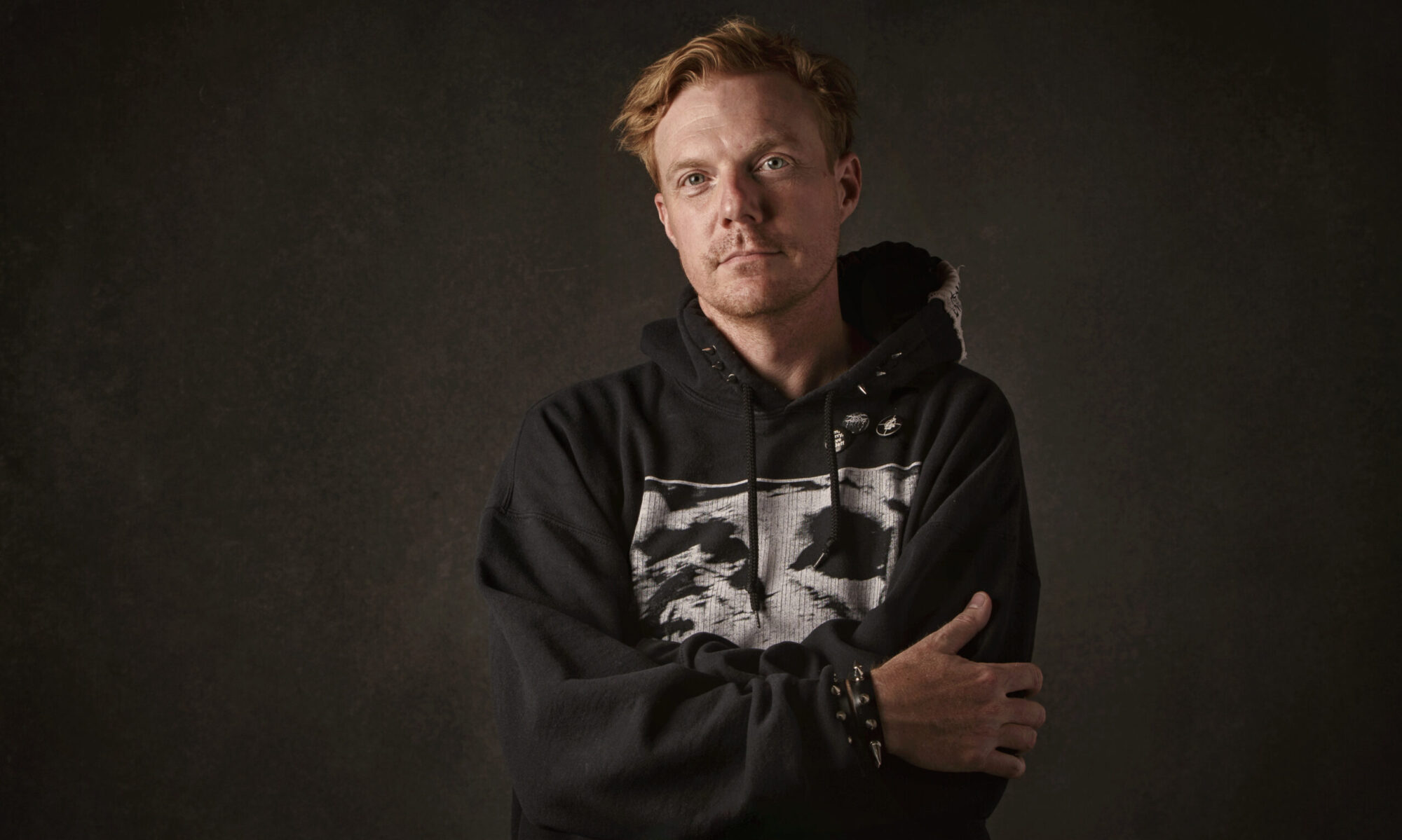Once upon a buzz in the conquest of cool, there was a thing called brand hijacking. This was the phenomenon, sometimes frowned upon, of a brand being supposedly inadvertently associated with a certain subculture or movement. Think Pabst Blue Ribbon, Tommy Hilfiger, or Converse Chuck Taylors. It turns on the idea that the image of a brand belongs to the market, not to the company that cultivates that image.

My journey to Heresy took much longer than it should have. In looking for a new flatland frame to build up last year, I found myself taking several steps backward. Even when I thought I’d found a proper solution, it was only a stopgap. BMX lends itself to nostalgia in weird ways, and nostalgia is a quicksand that’s difficult to avoid. I realized I was caught up in a bit of it when I found Heresy. As their slogan goes, “You are your path.”
After watching all of their videos and finding out everything I could about the brand and the riders behind it, I built up my own Heresy frame with as many of their parts as I could get. Given my fast fandom, I knew I needed to talk to their leader.
Roy Christopher: Let’s go all the way back, Alexis: What got you into BMX in the first place?
Alexis Desolneux: I would say the woods near home which had many dirt paths and a few small hills, watching motocross racing on TV as a kid in the 70s or in dirt bike mags, finally seeing photos of early BMX racing in the US: It was mind-blowing and echoing what we were trying to do with our crappy little bikes in my small hometown next to Paris. I’ve always loved riding my bike, ever since I was a 5-year-old kid.
RC: What was the catalyst for starting Heresy?
AD: I started Heresy from going through rough times (a serious riding accident, losing my main sponsors while my wife and I just had our second baby…) and just realizing that I had no choice but going for what made more sense even if that meant starting from zero. But the origin is the riding. I really needed that AscenD frame to exist. I was also at a point where I had already contributed to designing products for other brands. I also had my first go with a short-lived project named L’essence in the early 2000s. In that sense I had no choice but to go for an all-or-nothing kind of decision. I was 39, and it felt right and exciting to create something from scratch, or regret it forever.
RC: Music seems to be integral to the aesthetic of the brand. Was that intentional from the start, or does it just come from being a music fan?
AD: It definitely is integral to the aesthetic of the project. But I let things go as naturally as possible with Heresy. Music has been fueling my riding and my life in general ever since I was a kid, I was exposed to what was considered dangerous music early on, thanks to my brother. I remember playing his AC/DC Back in Black tape in 1980 or his Kinks album when no one was home, I was a 9-year-old kid and loved it. Later, in the 90’s, I was involved in the DIY hardcore scene playing in bands, trading records and driving to shows all over Europe. That and the whole ethos about making it happen when no one will do it for you (which was a common thing is that underground music world) are foundation for Heresy. It goes beyond being a music fan and grabbing elements of someone else’s aesthetics to re-create an identity, instead we hope to pay hommage to those who inspire(d) us by seeing Heresy as a unique filter for an essence, or just a feeling, something that is shared by many about riding, music, and life in general.

AD: I care about their passion, their fun, their free spirit, and their absolute commitment to make their ideas or vision reality. I sacralize the riding because in a time when BMX Flatland is growing, consequently its representation in the mainstream is spreading. It’s a predictable thing to happen in our society when a maturing sport is being developed and gaining recognition. I’m taking part in that process as a judge on some big events because I care to keep the progressive factor alive in flatland. But that’s a very different agenda from running a project like Heresy.
In that sense the riding is sacred because its nature is to exist before anyone else’s agenda affects it. Competition, advertising, television, show-business… flatland can be many things these days and these various systems will usually affect its presentation and push the riders to adapt, consciously or not.
Fine, but that’s just not what we emphasize with Heresy. We care to highlight the riding that remains unaffected, how an individual can self-express through flatland as a medium and expand his riding with no boundaries. Naturally, Heresy is also a representation but obviously miles away from another kind of representation like a flatland contest. There is a lot of light being put on the best contest riders these days, I just want to put light on other excellent riders as a contribution to make the picture more complete.
RC: What’s coming up for you and Heresy?
AD: Just riding as much as I can. It keeps me happy. It always did. For Heresy, new pedals, re-stock on pegs, BBs, headsets… AscenD frames coming out this year: V3 for the 19’’ & 19.5’’ sizes, V2 for the 20’’ & 20.5’’. We’ll also definitely have some projects with the team… Stay tuned.

